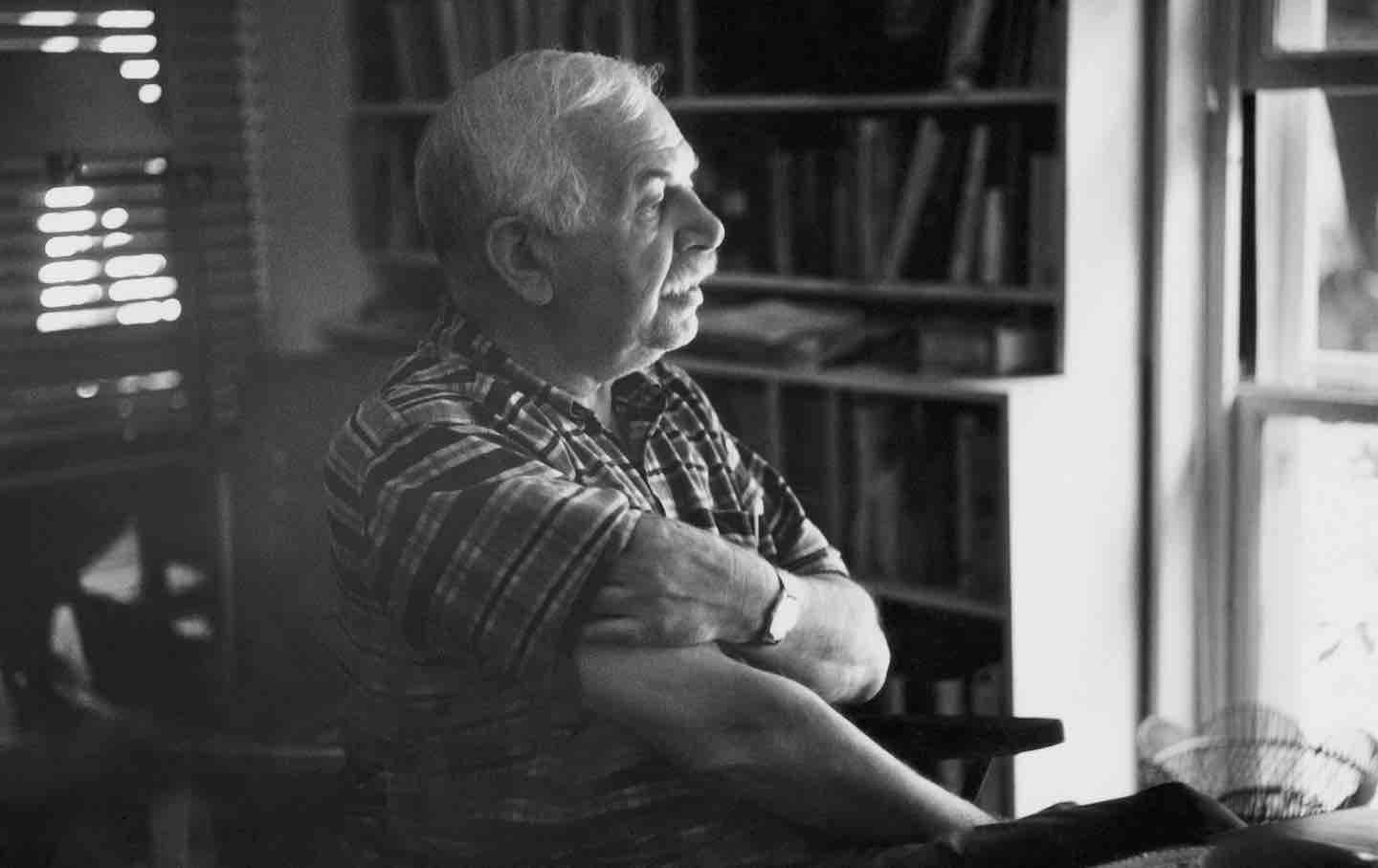
"For Hilton Kramer at The New York Times, Shahn's practice amounted to little more than giving "expression to social allegiances and emotions that his admirers already felt," a process that resulted in the "dilution and vulgarization" of the project of modern painting. In The New Yorker, former fellow traveler Harold Rosenberg was more critical of the curators, who he felt reduced Shahn's work to a "moralizing impulse" that characterized his work as "the reiteration of hurt and complaint, within an ambience of casual"
"It is hard to overemphasize how far Shahn had fallen in the eyes of the art establishment between his death in 1969 and his retrospective less than a decade later. In 1947 he had been the youngest artist to receive a retrospective at the Museum of Modern Art; in 1954 he represented the United States at the Venice Biennale, where European critics for the first time acknowledged that there might be something like an American vanguard."
Ben Shahn drew sharp criticism from influential mid-century critics who accused his work of diluting modern painting and emphasizing moralizing sentiment. He achieved major recognition earlier in his career, including a 1947 Museum of Modern Art retrospective and representing the United States at the 1954 Venice Biennale. By the 1980s and 1990s his presence diminished in art-historical surveys and museum displays. A new retrospective curated by Laura Katzman with Dr. Stephen Brown at the Jewish Museum reframes Shahn as a pioneer of social justice. The exhibition assembles paintings, mural studies, posters, drawings, photographs, and numerous book illustrations to rehabilitate his legacy.
Read at The Nation
Unable to calculate read time
Collection
[
|
...
]